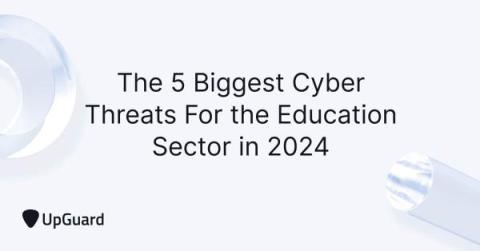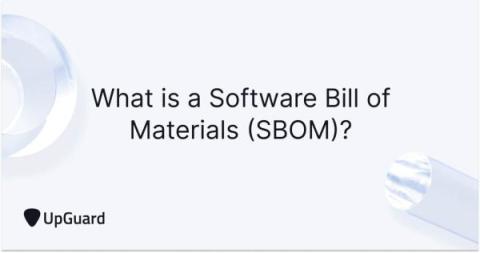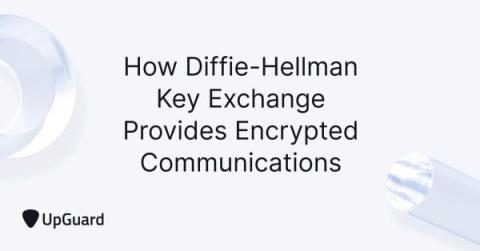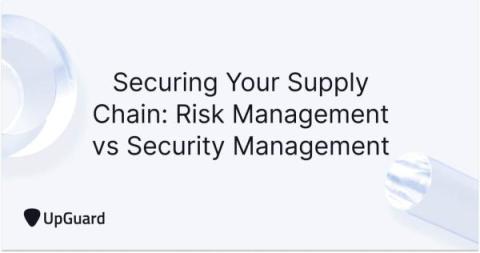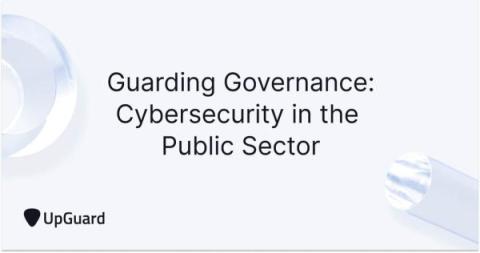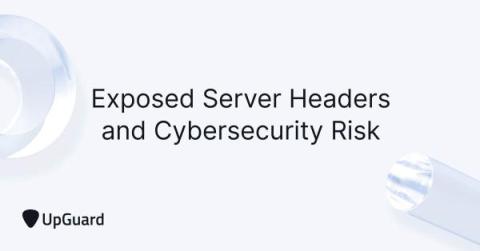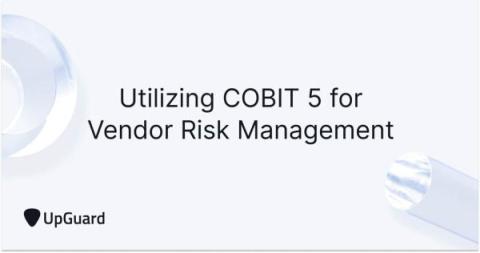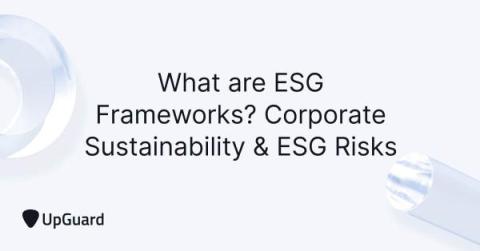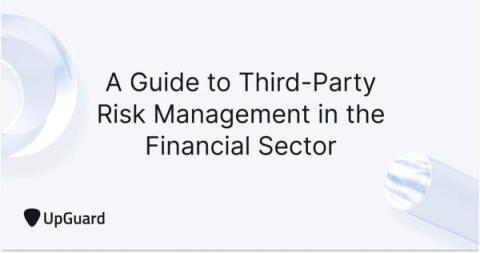54 Cybersecurity Statistics Technology Companies Need To Know
Severe cyber threats often threaten the technology sector because of the level of sensitive data companies and their third-party vendors process and store. Developing a comprehensive awareness of cybersecurity trends is one of the easiest ways for tech companies to protect themselves from cybercriminals, scams, and other cybersecurity threats.



